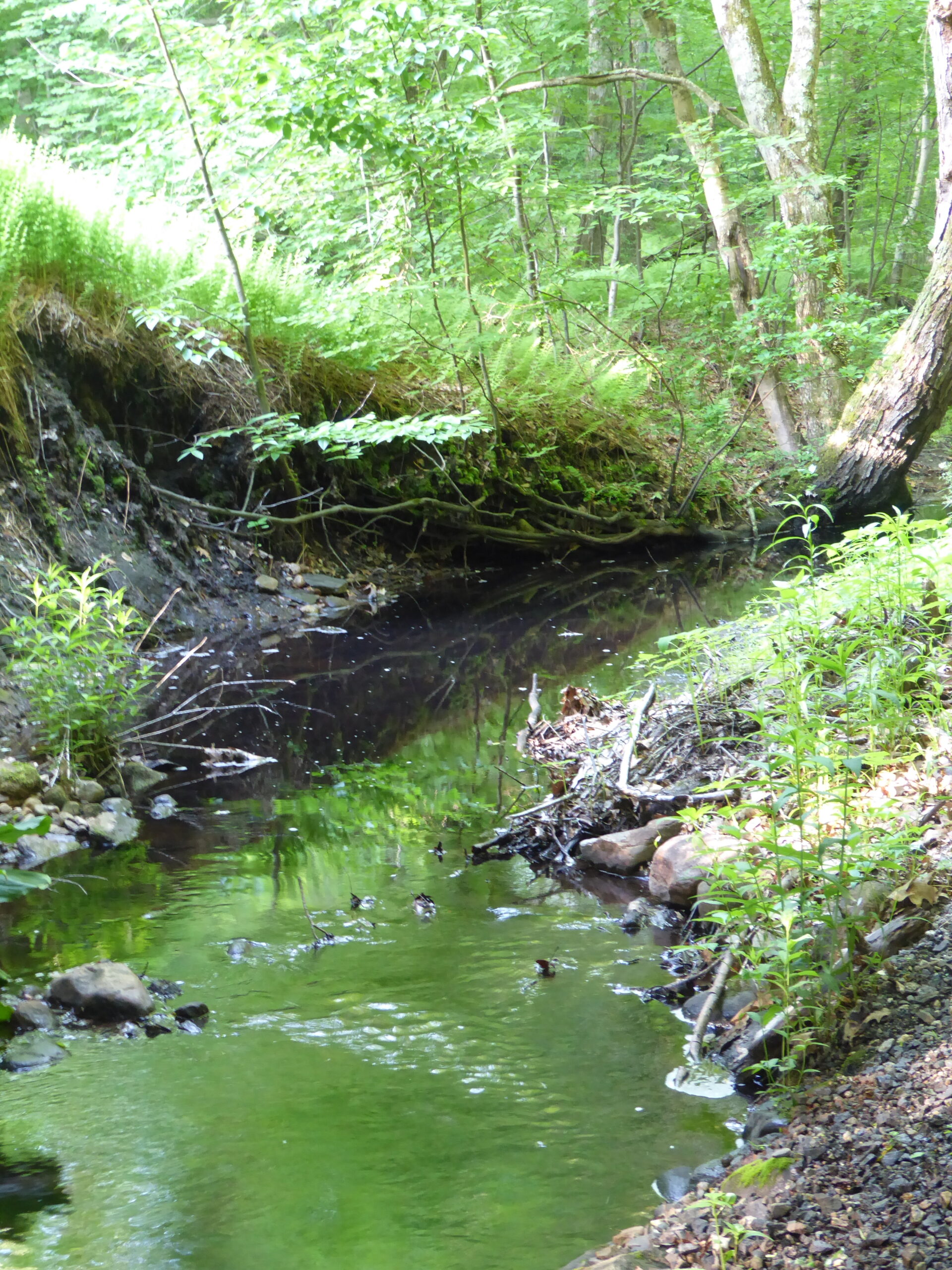If you are a creator, there’s a good chance you will find yourself building a world one day. Words, music, light, paint, wood, stone, math, a privet hedge…whatever your medium of expression, someone has probably used that medium to express their vision of a new world. So, how is it done?

I expect there are at least as many ways to build a world as there are worlds that have been built. Take a quick look across the Internet. You’ll find articles on worldbuilding written by novelists, photographers, artists, and musicians, each discussing different methods of worldbuilding. There are articles that discuss borrowing from history, remixing cultures, map-making, top-down, bottom-up, goal-first, laws-first, build as needed, build by implication…But how well do these different methods work?
Let’s find out! Starting with a few methods that are well suited to writers and game designers (because that’s our focus), we’ll build one world per method. As we go, we’ll take time to look at how well each method handles specific challenges. Once we’ve built a few worlds, we’ll look back to compare and contrast the processes and results. We’ve created a new category for these posts: “world-building challenge.” If we write enough, we’ll collect them in a quick reference guide.
Before we start, let’s address two quick points. By “world-building”, I mean “creating a setting”. A “world” in this sense could be as large as a galaxy or as small as a house. I like the term world-building because it is broadly in use in this way among creators. I also like the feeling it brings of limitless possibility. In world-building, everything from the fundamental physical laws to the flavoring of a meal can be created or changed to meet the needs of your story.
There’s the second point. Throughout this series, the goal of world-building will be to help us tell compelling stories. If a world-building method isn’t meeting that goal, then it isn’t working for us. That isn’t to say that the method is fruitless. Every creator needs their own box of tools. If a method really doesn’t work for me, I’ll look for a guest blogger to take over and show us how it’s done. In the end, you’ll be able to review a set of worldbuilding methods, look at their pros and cons in actual practice, and decide which one will work for your next project.
So, what methods will we try? Subject to change as we go, we’ve settled on these:
Bottom up: begin with an anchoring detail from which and around which the world grows
Top down: start with a broad anchoring goal and follow its path down into the details of the world
Conflict first: start with a conflict and trace its implications to uncover the world
Map first: make an intriguing map. What is going on there?
30 days of worldbuilding: in 2004, Stephanie Bryant published a series of world-building exercises to the NaNoWriMo forums. In 2007, a revised edition of these worldbuilding exercises was licensed under Creative Commons CC-BY-NC 3.0 and put online at http://www.web-writer.net/fantasy/days . We’ll go through these exercises, with some compression, to build a world piece by piece. Thanks to Stephanie for her generosity in licensing these under Creative Commons!
Who’s on first? Tune in next week to find out!
0 Comments